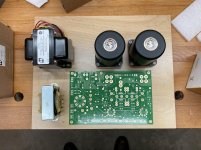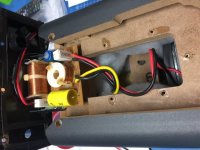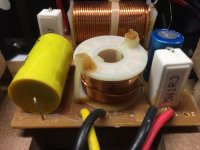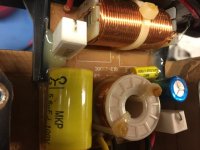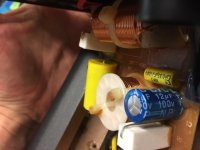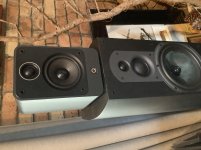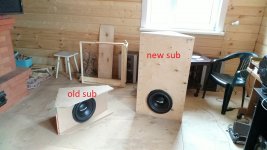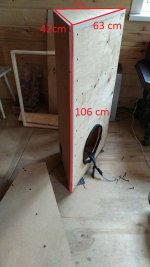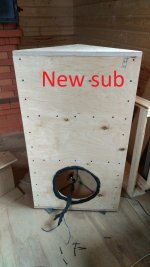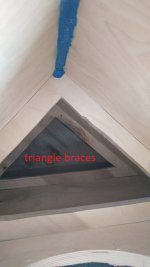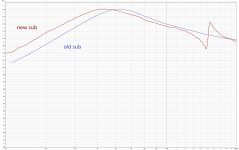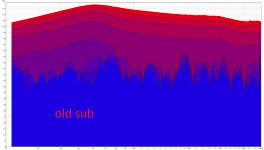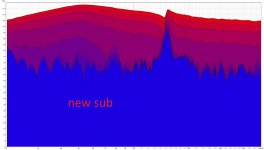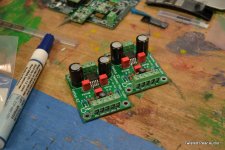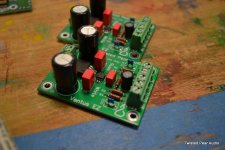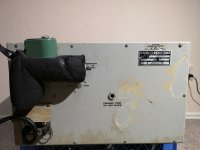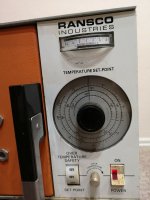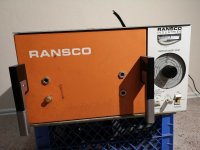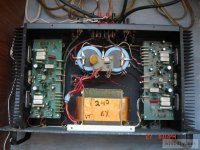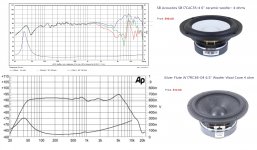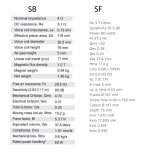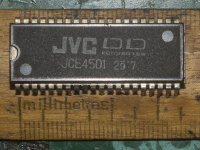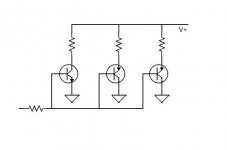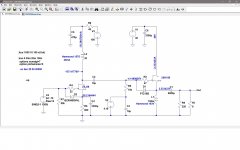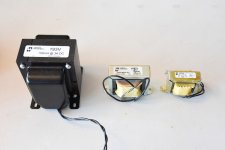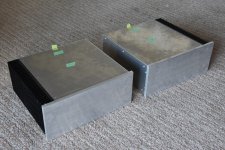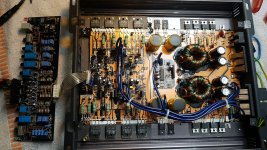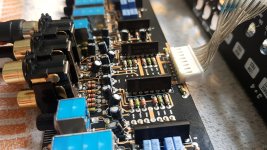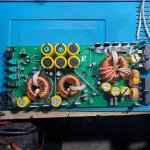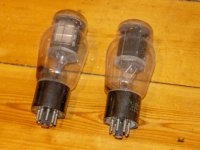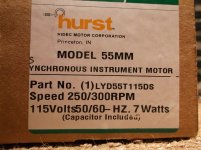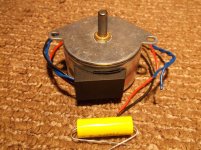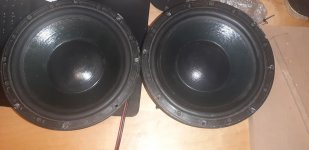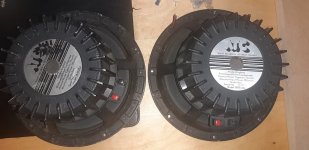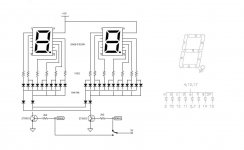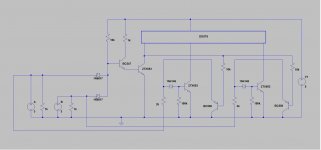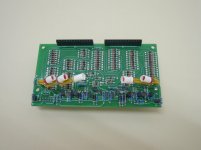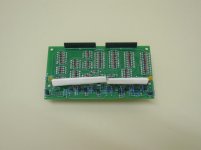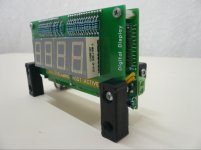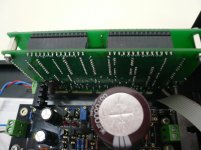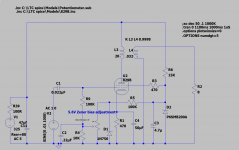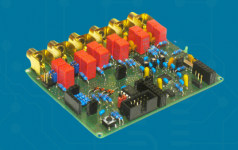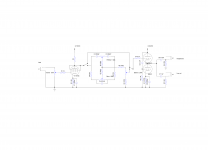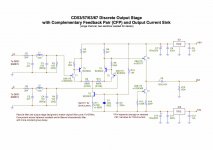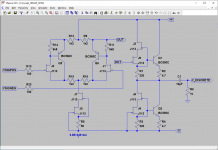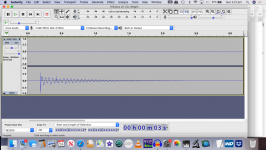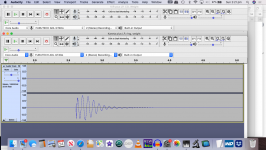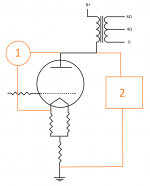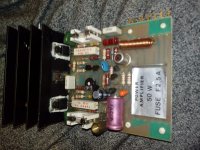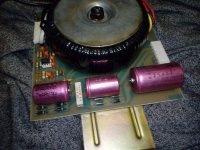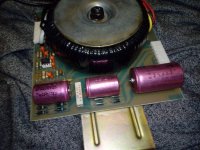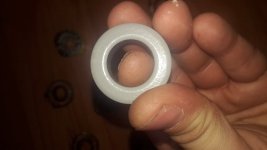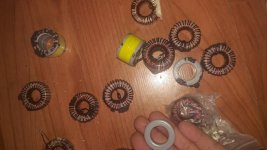A few years ago a few audiophile power supplies landed on my bench for testing. I've never published the results, so why not? It could be useful for someone...
These are old results and I no longer have the boards, so don't ask for more tests.
Let's start with the first candidate:
GoldMiniReg aka "GOLD reference regulator". I think it's a commercial product. It has a golden PCB so it must sound good, and a huge TO-247 pass device, so baddass it doesn't even need a heatsink.
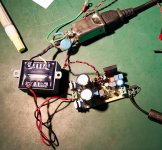
It is definitely a Jung SuperReg clone.
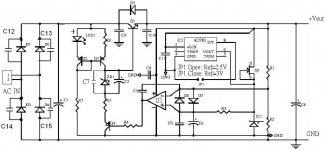
Lots of expensive and oversized parts:
MUR1520G OnSemi "15A 200V Ultrafast 35ns/60ns Recovery Time", with caps in parallel, but no snubber.
OPA134, J170, LM336
One silver mica cap, 9 film caps, probably to distract the eye from the "No Name Shenzen Special" electrolytics.
The pass device is a very chunky 2SC5200, NPN 230V 15A, max 150W (hum), probably one of the worst possible choices for this: high voltage device, therefore high Vcesat, but in a regulator you want to use it at low Vce, it has huge capacitance (especially at low Vce), very low fT (30MHz) that it only reaches at high current which won't be the case here, hFe is mehhhhh, etc.
Alright, it's a 5V regulator, I load it with 47 ohms (~100mA). Output ripple:
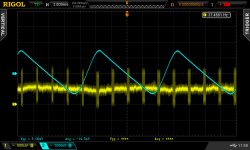
Huh?
I then discovered my XYTRONIC LF3000 soldering iron used PWM on its heater and apparently it puts out some noise. So it found a new use as a conducted EMI generator.
Measuring the input smoothing caps:
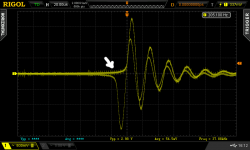
Yes, there is something (white arrow). I'm not talking about the rectifier spike and associated ringing which fills the whole screen due to no snubber, but about the tiny fur on the trace, that's the noise from the soldering iron. It doesn't look that bad...
Then I compared the amplitude of the noise on the input and the output of the regulator. It was higher on the output. Extraordinary.
An output impedance sweep with the network analyzer reveals the circuit has an impedance spike close to the frequency of the offending noise, around 300kHz, which means it is unstable. And it will probably amplify whatever noise it picks up, which explains the above.
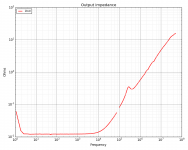
I did more tests with the network analyzer output cable not connected to anything, the stripped end of the coax that I use to inject signal into stuff just lied there in the general vicinity of the regulator... and it managed to pick up 300kHz and reproduce it in the output
😀
An output impedance test with a 10µF MLCC capacitor in the output should be the final nail in this coffin.
 Verdict: Failure.
Verdict: Failure.
